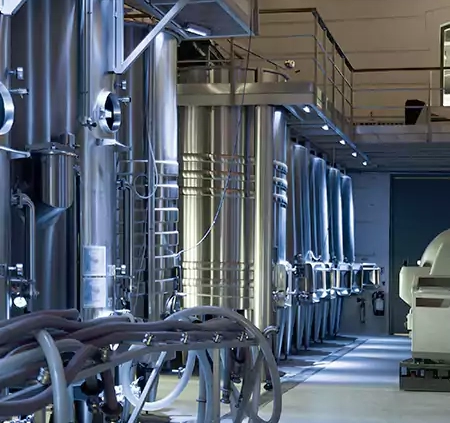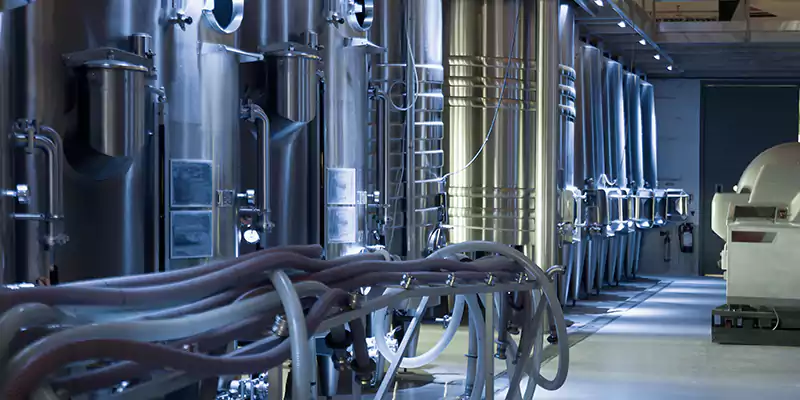Which is better? 304 vs 316 Stainless Steel
Common stainless steels
The two most common stainless steel grades are 304 and 316. The key difference is the addition of molybdenum, an alloy which drastically enhances corrosion resistance, especially for more saline or chloride-exposed environments.
316 stainless steel contains molybdenum. 304 stainless steel does not.
For outdoor furnishings like rails and bollards, stainless steel is an ideal corrosion-resistant material, but it will only withstand long-term exposure if the grade is appropriate for its environment. 304 is an economical and practical choice for most environments, but it doesn’t have the chloride resistance of 316. The slightly higher price point of 316 is well worth it in areas with high chloride exposure, especially near the ocean or by heavily salted roadways. Each application for stainless steel has unique demands and needs a stainless steel that’s up to the task.
Other common consumer stainless steels include 410 and 430.
304 Stainless Steel
304 stainless steel is the most common form of stainless steel used around the world, due to its excellent corrosion resistance and value. It contains between 16 and 24 percent chromium and up to 35 percent nickel, as well as small amounts of carbon and manganese.
The most common form of 304 stainless steel is 18-8 (18/8) stainless steel, which contains 18 percent chromium and 8 percent nickel.
304 stainless steel is the most common form of stainless steel used around the world due to excellent corrosion resistance and value.
304 can withstand corrosion from most oxidizing acids. That durability makes 304 easy to sanitize, and therefore ideal for kitchen and food applications. It is also common in buildings, décor, and site furnishings.
304 stainless steel does have one weakness: it is susceptible to corrosion from chloride solutions, or from saline environments like the coast. Chloride ions can create localized areas of corrosion, called “pitting,” which can spread beneath protective chromium barriers to compromise internal structures. Solutions with as little as 25 ppm of sodium chloride can begin to have a corrosive effect.
Common uses for 304 stainless steel:
• Storage tanks
• Fasteners and finishing hardware (screws, nuts, bolts, plates, handles)
• Pots and pans
• Residential sinks and sink parts
• Indoor architectural/decorative hardware (panels, sculptures, sconces)
• Equipment tubing
• Residential appliances
316 Stainless Steel
316 grade is the second-most common form of stainless steel. It has almost the same physical and mechanical properties as 304 stainless steel, and contains a similar material make-up. The key difference is that 316 stainless steel incorporates about 2 to 3 percent molybdenum. The addition increases corrosion resistance, particularly against chlorides and other industrial solvents.
316 stainless steel has additional molybdenum that gives it resistance to chlorides and other processing chemicals.
316 stainless steel is commonly used in many industrial applications involving processing chemicals, as well as high-saline environments such as coastal regions and outdoor areas where de-icing salts are common. Due to its non-reactive qualities, 316 stainless steel is also used in the manufacture of medical surgical instruments.
Alternative 300-series grades can contain up to 7 percent molybdenum. They provide even better chloride resistance, but such heavy-duty resistance is only necessary in industrial or high concentration exposure conditions.
Common uses for 316 stainless steel:
• Industrial equipment as used in:
Pharmaceutical manufacturing
Chemical manufacturing
• Industrial and chemical transportation
• Pressure vessels
• Cisterns and pipes for chemical applications
• Medical equipment where non-surgical steel
• Marine equipment
• Outdoor site furnishings
• Commercial kitchens
• Food production and processing in saline environments
• Commercial appliance





